Refund Guaranteed

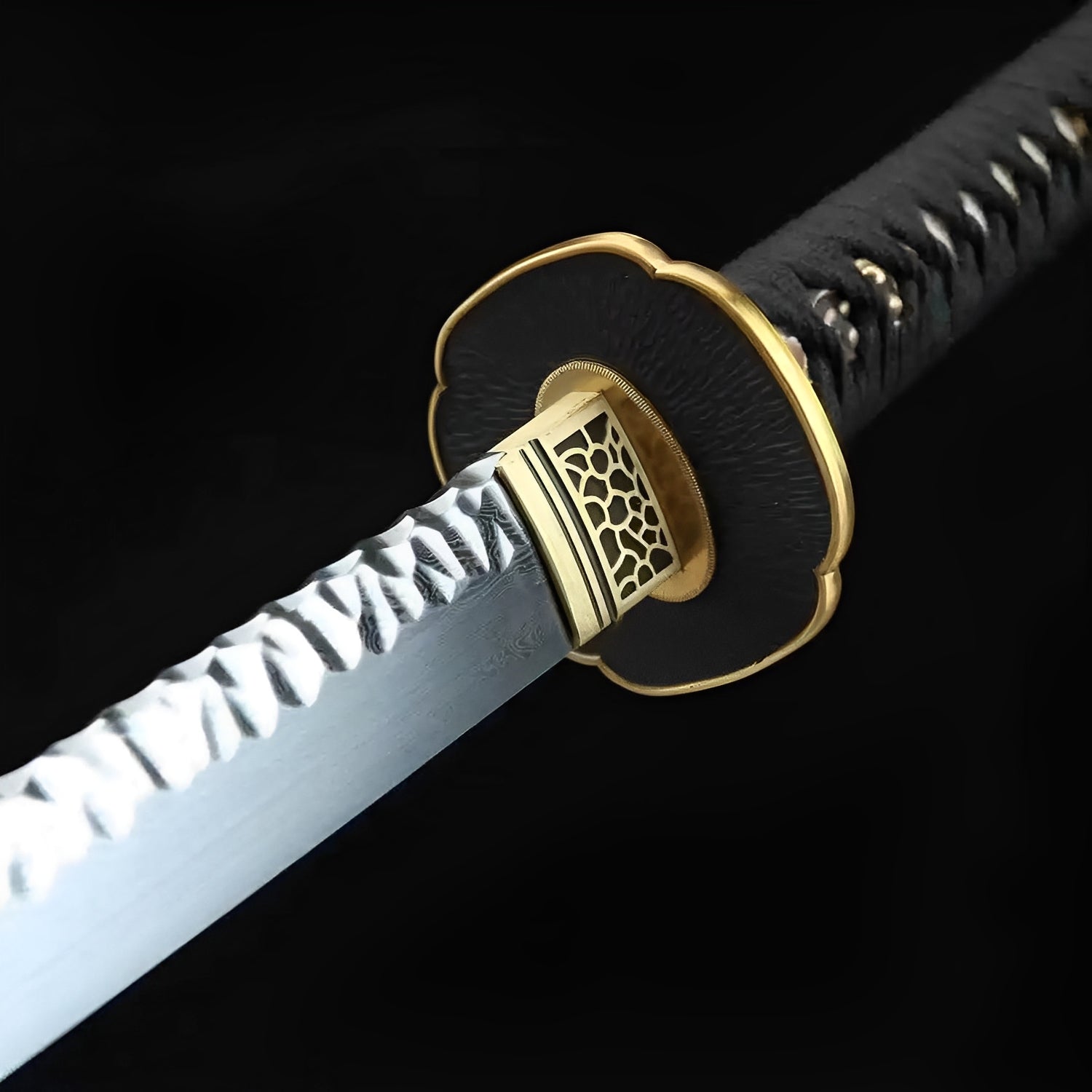
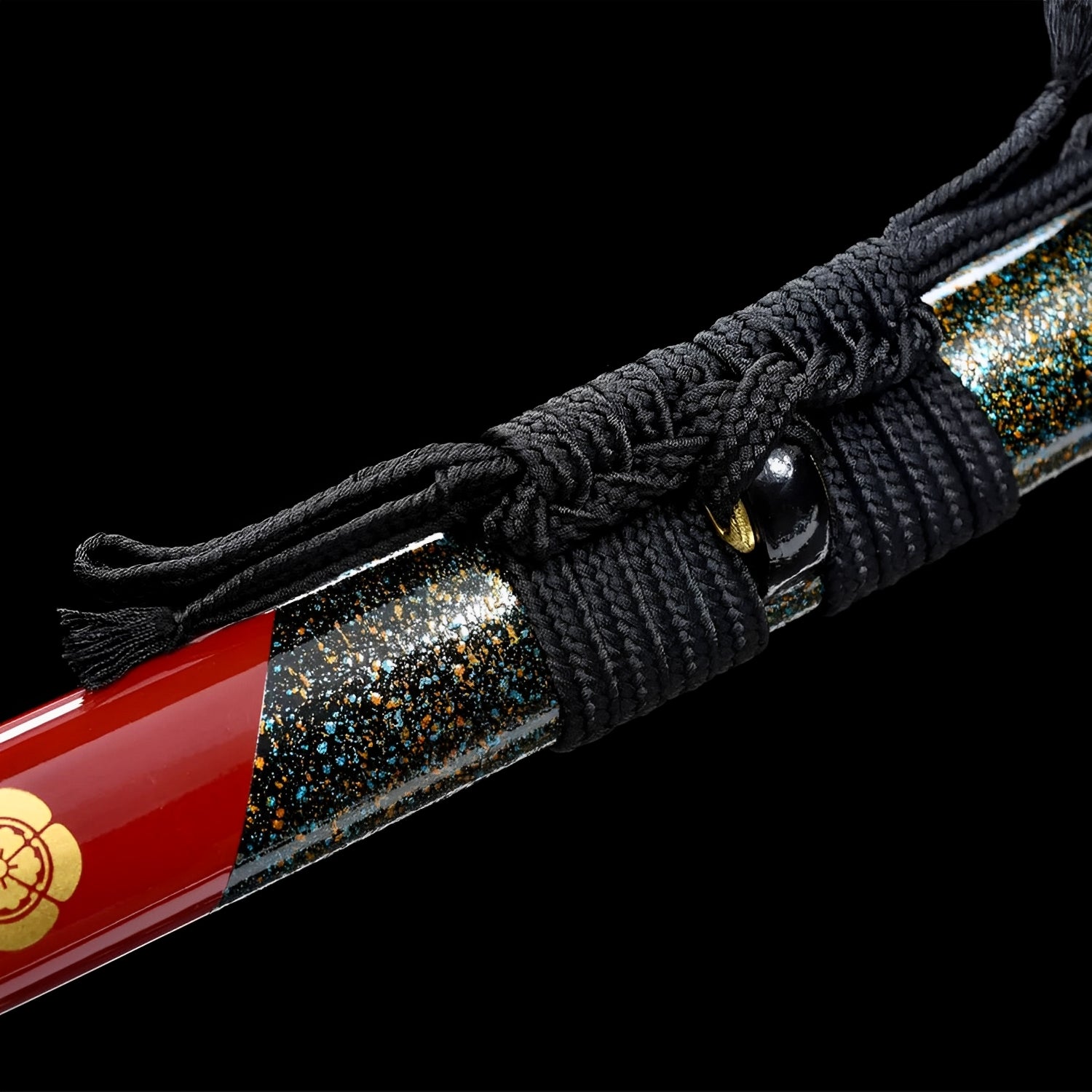
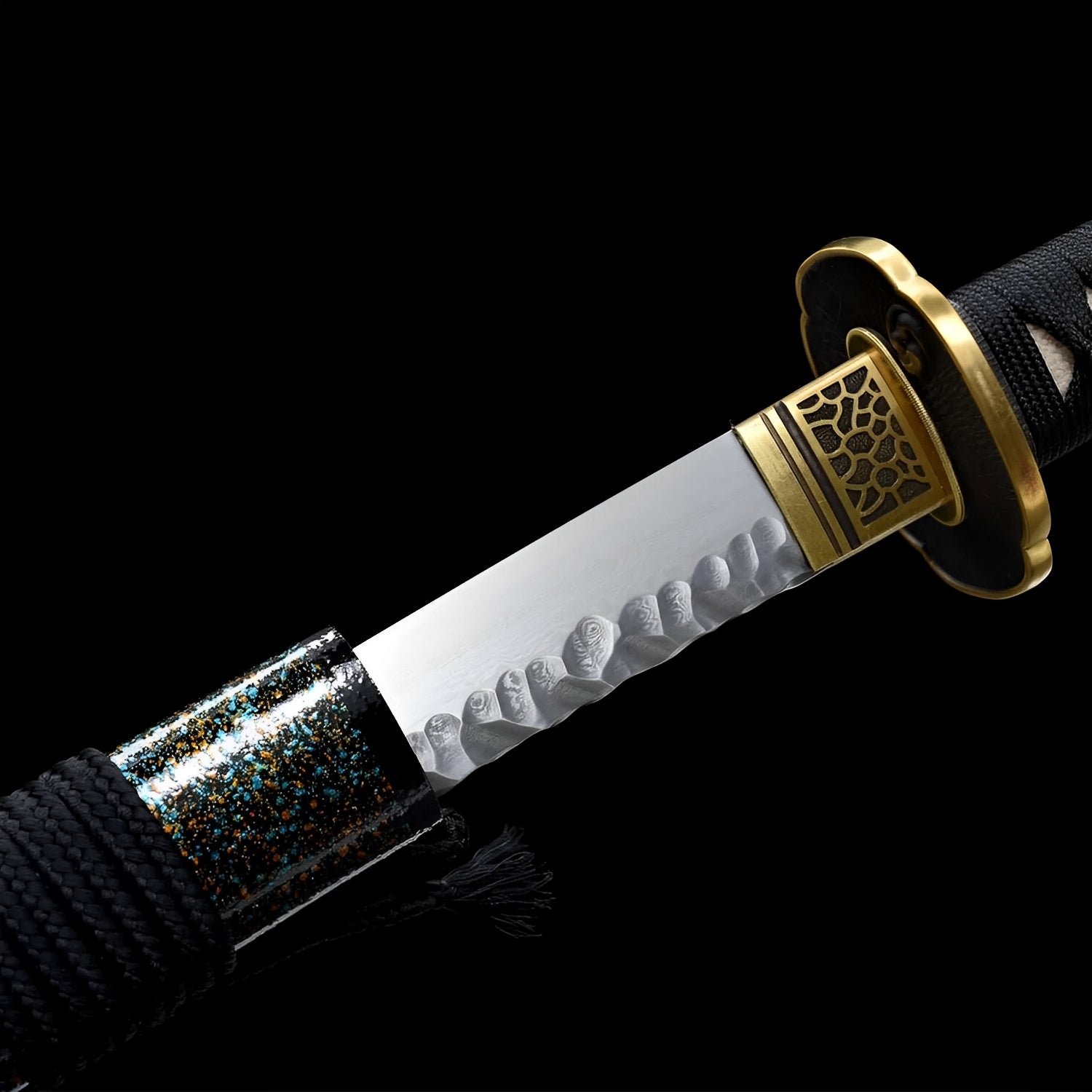
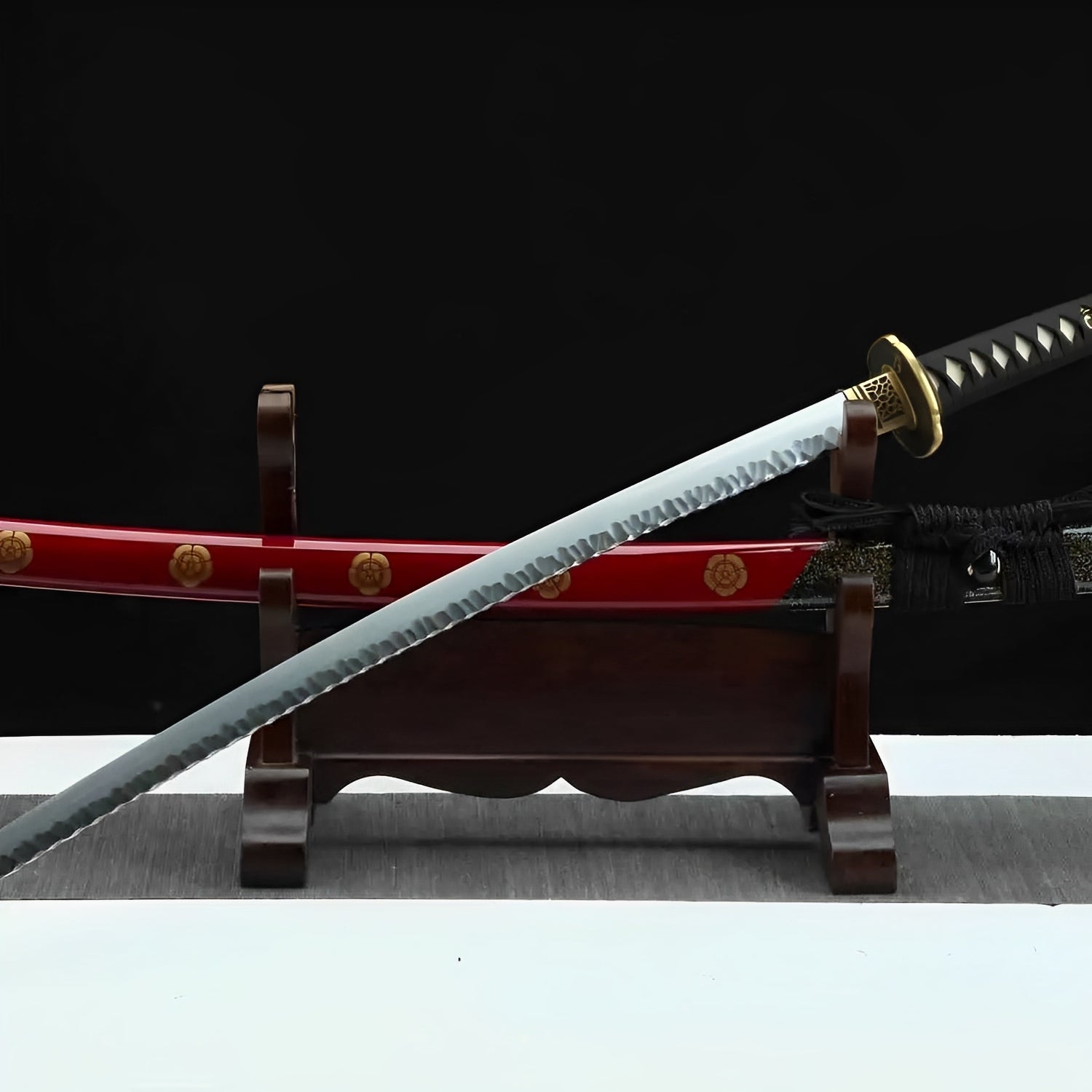
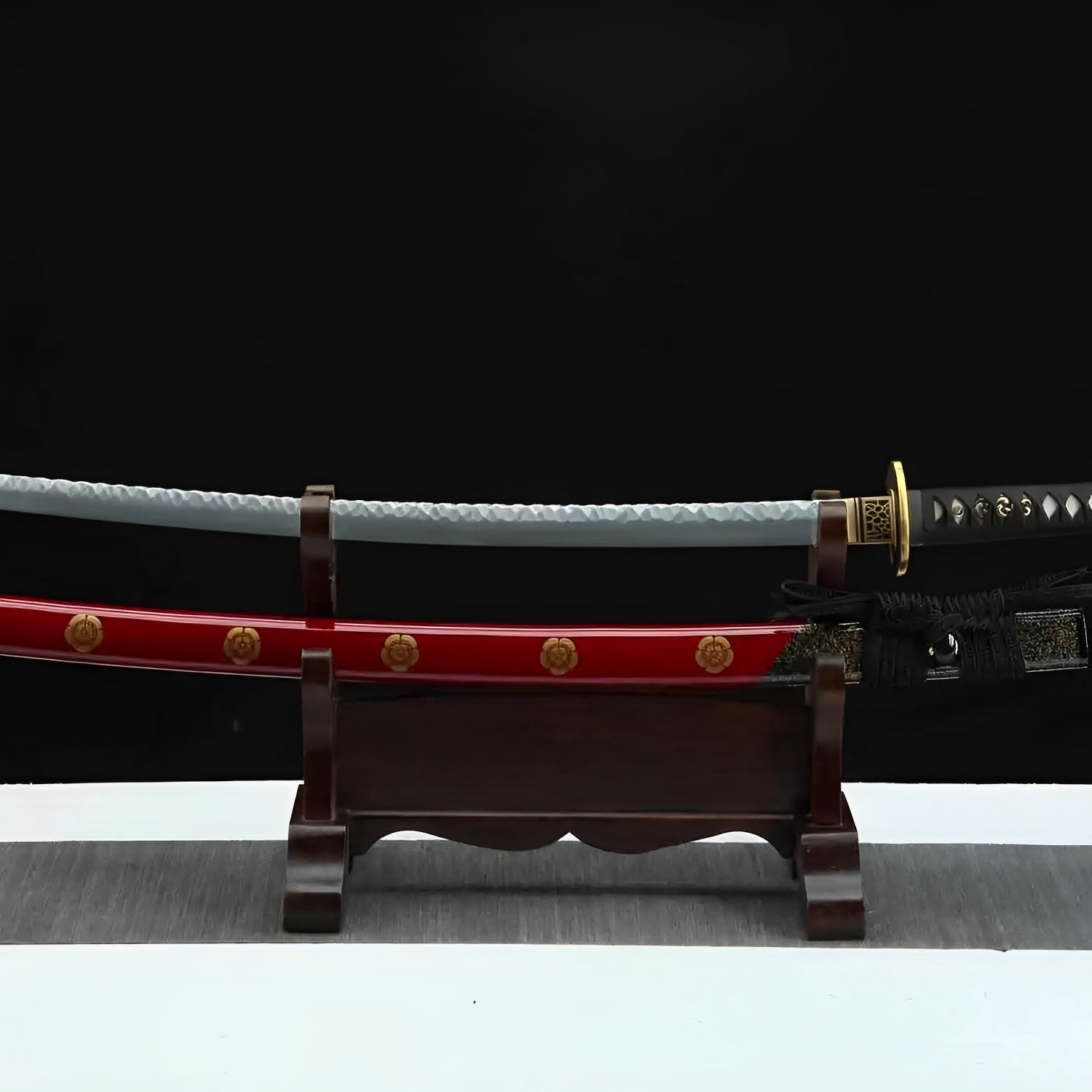
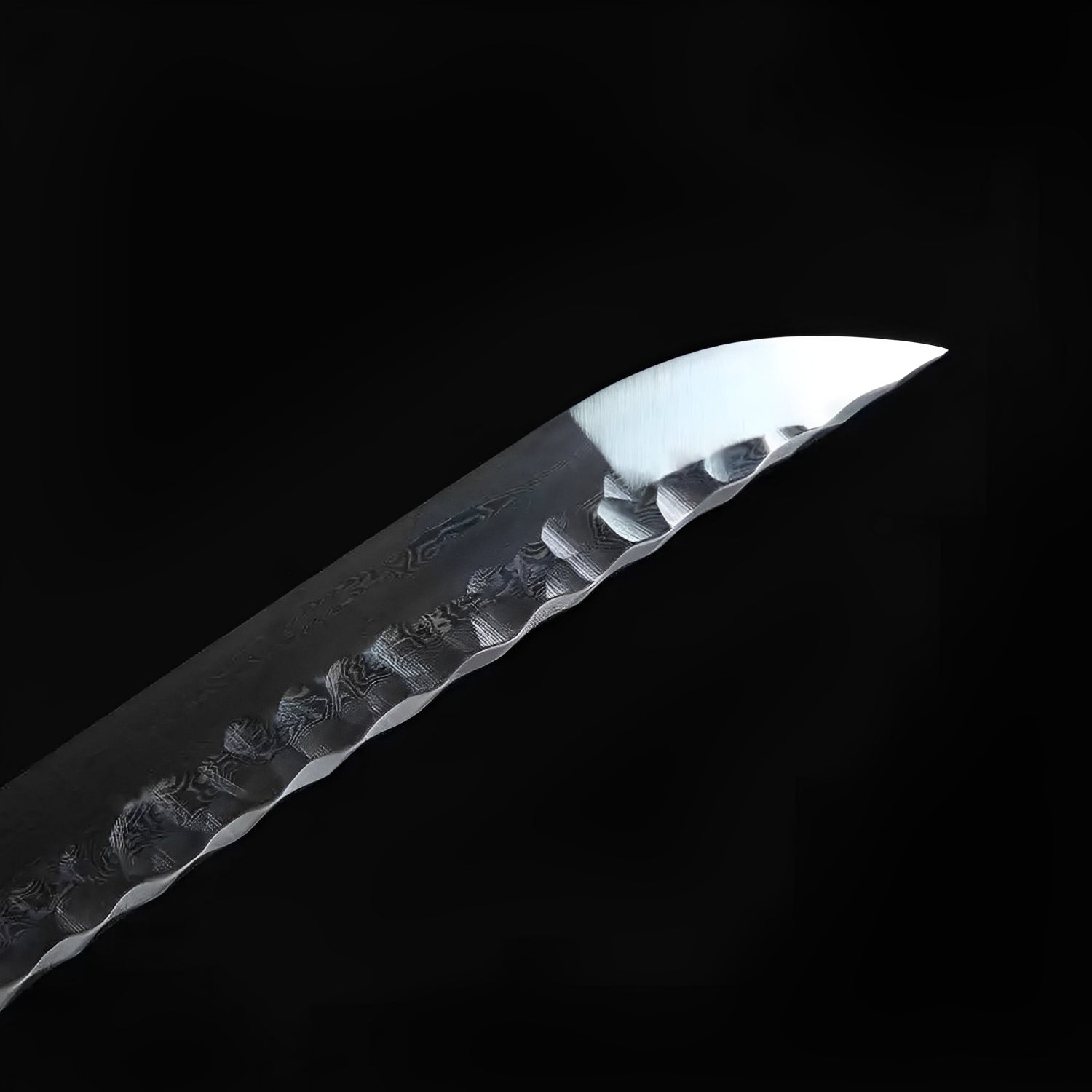


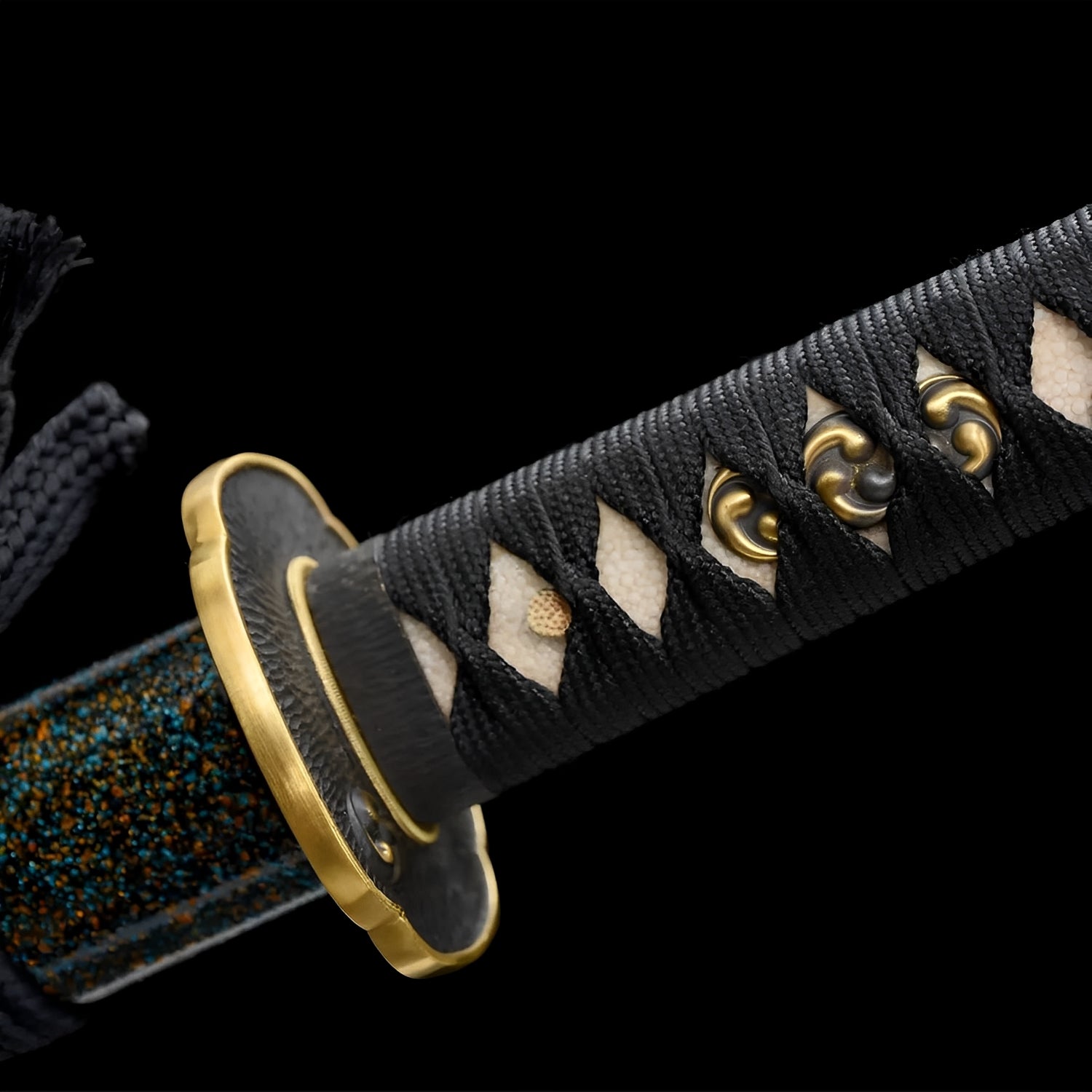
Why choose us
Ships within 48/72h
Forged Blade
Collector Quality
Trusted Globally
Inspired by Japan
Hizakura Katana - 炎鉄刀
Included with your order



Note: Engraving placement and orientation may vary by blade model (hamon, geometry, and flat area).
Free Shipping over $250
No Bots, No AI
Refund Guaranteed
Free Shipping over $250
No Bots, No AI
Our team is here to help with any questions or concerns.
We’re always happy to assist you — don’t hesitate to reach out.
Why choose us
Ships within 48/72h
Forged Blade
Collector Quality
Trusted Globally
Inspired by Japan

Hizakura Katana - 炎鉄刀
Specifications
- Handmade
- SHARP
- Blade: DAMASCUS STEEL
- SAGEO & ITO in Cotton
- Real Rayskin
- Full Tang
- Iron Tsuba
- Total size: 105cm / 41 (in)
- Blade size: 72cm / 28 (in)
- Blade width: 3,2cm / 1.2 (in)
- Blade thickness: 0,7cm / 0.27 (in)
- Handle size: 30cm / 11.8 (in)
Hizakura Katana - Midnight Blossom Crystalline Paradox
Witness contradictions resolved through beauty with Hizakura Katana, blade embodying cherry's rarest secret. This mystical paradox sword refuses simple interpretation - name declaring "Scarlet Cherry" yet appearing pure white and midnight black, starlight crystals dancing where crimson petals should blaze, the entire aesthetic challenging assumptions that names must match appearances. Not deception but deeper truth: some cherries bloom white yet carry passion in their hearts, some beauty reveals itself only under moonlight, asking whether you trust surface appearances or search for hidden essence beneath obvious presentations.
The Scarlet-Named White Mystery
Hizakura (緋桜) literally translates "Scarlet Cherry Blossom" - 緋 (hi) meaning deep crimson/scarlet, 桜 (zakura/sakura) meaning cherry. Yet this blade presents pristine white and sparkling silver, creating immediate cognitive dissonance. That intentional contradiction isn't mistake but profound statement about beauty's complexity, about how names can describe essence rather than appearance, about truths hidden beneath surfaces.
This contradiction blade references rare reality: certain cherry cultivars bloom white yet carry "hizakura" designation because their heart petals show pink, or because they evolved from red ancestors, or because their essence remains passionate despite pale exterior. The botanical world understands that appearances deceive - white flowers can produce red fruit, pale blossoms can carry intense fragrance, delicate petals can survive storms that destroy seemingly stronger species.
The name-appearance paradox also invokes Japanese aesthetic principle celebrating hidden depths. The most sophisticated beauty doesn't announce itself obviously but rewards those patient enough looking carefully, wise enough recognizing that surface simplicity often conceals complex depths. The hidden passion blade white exterior becomes test: do you judge superficially or investigate thoroughly?
Traditional Japanese poetry frequently employed this technique - describing red cherry blossoms while actually referencing white ones to create tension between expectation and reality, between what should be and what is. That literary sophistication translated into visual arts where artists depicted cherries in "wrong" colors deliberately, inviting viewers engaging intellectually rather than consuming passively.
Collectors appreciating complexity recognize Hizakura as invitation to deeper engagement. It's not sword you glance at once then understand - it demands contemplation, rewards research, creates conversation. That intellectual stimulation elevates it beyond pretty object into genuine art piece.
Starlight Crystal Phenomenon
The sparkling silver koiguchi creates this blade's most distinctive feature - what appears to be crystalline or glitter finish suggesting starlight, frost crystals, diamond dust phenomenon (daiyamondodasuto - atmospheric condition where ice crystals catch sunlight creating sparkle effect). This crystalline beauty blade captures ephemeral moments when nature transforms mundane into magical through light-particle interaction.
The sparkle specifically evokes yozakura (夜桜 - night cherry viewing), beloved Japanese tradition of viewing cherry blossoms under moonlight or artificial illumination. During day, cherries appear pink; under night sky, they transform to ethereal white and silver, seeming to glow with internal light. The sparkling effect mimics that nocturnal transformation, capturing how darkness reveals beauty invisible under sun's harsh glare.
Traditional Japanese aesthetics particularly celebrated moon-viewing aesthetics - tsukimi (月見) traditions, poetry about moonlight transforming landscapes, paintings depicting nocturnal scenes where familiar day objects became mysterious night presences. The moonlit blade sparkle participates in that tradition, proving some beauty requires darkness fully appreciating light's effects.
The crystalline finish also references late-spring snow falling on early-blooming cherries - rare phenomenon where winter's last gasp covers spring's first promise, white on white creating ethereal landscape seeming suspended between seasons. That liminal beauty - neither fully winter nor completely spring - creates profound aesthetic experiences precisely through refusing categorical placement.
Photography loves sparkle effects. Under proper lighting, the crystalline koiguchi explodes with light, creating images that seem alive with energy despite depicting static object. Social media particularly rewards such visual drama, the sparkle creating scroll-stopping impact ensuring visibility in feeds where thousands of images compete for attention.
White Wave Elegance
The pure white handle featuring raised wave or scale patterns creates elegant texture suggesting foam on ocean waves, scales on mythological white serpents, snow drifts sculpted by wind - multiple interpretations coexisting without contradicting. This textured purity blade demonstrates that white needn't be plain or boring when texture provides visual interest without requiring color.
Traditional Japanese textile arts perfected techniques creating visual richness through texture rather than color - shibori resist dyeing, sashiko stitching, complex weaving patterns - all proving that monochrome sophistication can rival polychrome excess. The white handle continues that tradition, its dimensional patterns catching light creating shadows and highlights more dynamic than flat colored surfaces achieve.
The wave patterns specifically reference ocean's relationship with cherry viewing. Famous cherry groves exist along coastlines, rivers, lakes - water and blossoms creating combined aesthetic where pink petals float on blue water, where breeze off water scatters blossoms creating momentary storms, where reflections double beauty through mirroring. The water-cherry blade waves acknowledge that traditional cherry appreciation always involved water's presence.
White in Japanese culture carries meanings beyond Western associations. While Western white suggests clinical sterility, Japanese white (shiro 白) encompasses concepts of purity yes, but also new beginnings, weddings, sacred spaces, snow's quiet beauty, paper's potential before ink marks it. The white handle therefore communicates complex cultural concepts Westerners might miss without explanation.
Midnight Black Eternal
The black saya creates necessary grounding against white handle and sparkling silver, preventing the pale elements from appearing washed-out or insubstantial. This strategic darkness provides visual anchor, suggesting night sky against which cherry blossoms and stars appear, void from which beauty emerges, eternal darkness making transient light meaningful through contrast.
Black-and-white combinations carry profound weight in Japanese aesthetics - sumi-e ink paintings, calligraphy's black on white, go board's eternal struggle between black and white stones, yin-yang's philosophical depth. The eternal contrast blade participates in those traditions, proving simplest palette can communicate deepest concepts when wielded skillfully.
The black also references that liminal twilight moment during yozakura viewing when day's light completely vanishes yet moon hasn't fully risen - that pregnant pause when night becomes absolute, when anticipation peaks before spectacle begins, when darkness itself becomes presence rather than absence. That moment's psychological weight deserves recognition; the black saya provides it.
Traditional sword mountings frequently featured black lacquer precisely because darkness showcased metal fittings magnificently. Gold glows brighter against black, silver sparkles more dramatically, even simple brass achieves visual impact impossible against lighter backgrounds. The black serves function while achieving aesthetic excellence - practical beauty, Japanese craftsmanship's hallmark.
Rare Blossom Collection
For sophisticated collectors moving beyond character replicas toward appreciating swords as cultural artifacts, Hizakura represents essential piece demonstrating knowledge depth. Understanding why scarlet-named white cherry matters, recognizing yozakura tradition's significance, appreciating crystalline aesthetics' rarity - that cultural literacy separates casual fans from serious collectors.
The black-white-sparkle palette photographs spectacularly, creating images working equally well in color or black-and-white photography. That versatility matters for collectors documenting pieces professionally, creating portfolio-quality images, or sharing collections through social media where visual impact determines engagement levels.
Display contexts welcome the sophisticated restraint. Unlike garish colored blades limiting placement options, Hizakura's elegant palette works in upscale environments - galleries, formal rooms, spaces where weapons must justify presence through beauty rather than fandom associations. The gallery-grade piece sophistication transcends hobby collecting, entering legitimate decorative arts territory.
Investment considerations favor pieces with cultural depth and aesthetic complexity. While character swords' values fluctuate with source material popularity, culturally-rooted pieces maintain stable appeal among collectors appreciating Japanese traditions. The cherry blossom theme specifically ensures lasting relevance - sakura remains Japan's most powerful cultural symbol, its aesthetic appeal timeless.
The contemplative centerpiece particularly suits collectors seeking swords prompting reflection rather than mere decoration. Each viewing reveals new details - how light catches sparkles differently, how wave patterns create varied shadows, how black-white-silver interact under changing conditions. That inexhaustible visual interest justifies premium positioning in collections where every piece must earn its space.
Care Instructions: Maintain crystalline sparkle through gentle dusting with softest brushes; never apply liquids that might affect glitter finish's adhesion. The white wave-patterned handle requires careful cleaning - use barely-damp white cloth, never colored materials that might transfer dye. Polish golden tsuba preserving filigree's dimensional quality. The black saya benefits from occasional quality lacquer-appropriate treatments if authentic urushi; if synthetic, simple wipe-down suffices. Display where light sources reveal sparkle effect - near windows receiving indirect sunlight, under directional display lighting, or moonlight if possible during full moon periods, honoring yozakura tradition. Handle while contemplating beauty's paradoxes: scarlet hearts beating beneath white surfaces, passion thriving under purity's guise, contradictions resolving through acceptance rather than elimination.
Scarlet named, white bloomed, darkness framed. Cherry's truth transcends appearance.
Legal Disclaimer
By purchasing from Katana Corp, you acknowledge and agree that:
- You are at least 18 years of age (or the age of majority in your jurisdiction).
- You are solely responsible for verifying and complying with all local laws and import regulations before placing an order.
- Some countries prohibit the importation of swords entirely. Katana Corp is not responsible for orders delayed, seized, or refused by customs authorities.
- All katanas and related products are sold strictly as decorative and display items. They are not intended or certified for combat use.
- Depending on the jurisdiction, swords may legally be considered bladed weapons, subject to specific restrictions or prohibitions.
- Katana Corp disclaims all liability for any injury, damage, or legal consequences resulting from misuse, abuse, or unlawful use of its products.
For full details, please refer to our Terms of Service.
Care & Maintenance
To maintain your katana's appearance and performance over time, we recommend:
- Regularly wiping the blade with a soft cloth to remove fingerprints and moisture.
- Applying a light coat of choji oil to prevent rust (for carbon steel blades).
- Storing the sword in a dry place, preferably inside its saya.
- Avoiding direct contact with hard surfaces to preserve sharpness and finish.
For more care tips, check our full maintenance guide in the FAQ section.
Behind the Blade
Every katana we offer carries the essence of centuries-old craftsmanship.
More than just a weapon, the katana symbolizes discipline, honor, and mastery.
Our artisans draw inspiration from traditional forging methods to ensure each blade reflects the spirit of the samurai — strength, precision, and soul.
Owning one is not just about aesthetics — it’s about carrying a piece of that legacy.
User Experience
This katana is designed to offer a perfect balance between blade and handle.
Its ergonomic tsuka (handle) allows a secure two-handed grip, while the weight distribution ensures smooth, fluid movement.
Whether for training, display or cutting practice, handling feels natural and precise.

The Art of Traditional Forging
Each katana we craft is born from centuries of samurai tradition.
Our master smiths shape every blade by hand, folding the steel to achieve unmatched strength, flexibility, and beauty.
This time-honored process is not just about creating a weapon? it’s about preserving a legacy of discipline, honor, and artistry.
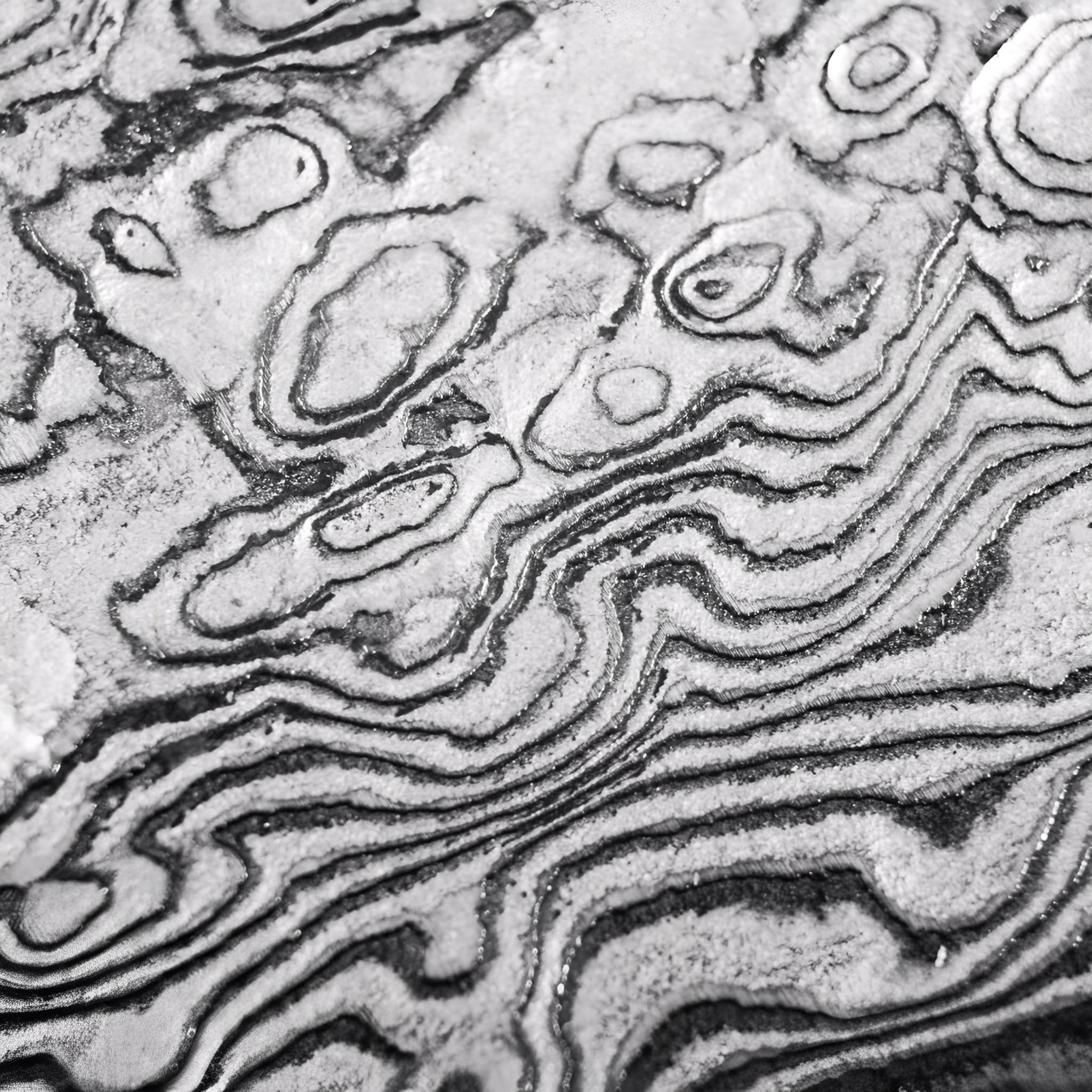
Materials Chosen Without Compromise
We select only the highest-grade steels and authentic fittings to ensure every katana is both a masterpiece and a reliable companion.
From the flawless hamon line to the perfectly balanced tang, each detail is carefully inspected to meet the highest standards of performance and aesthetics.
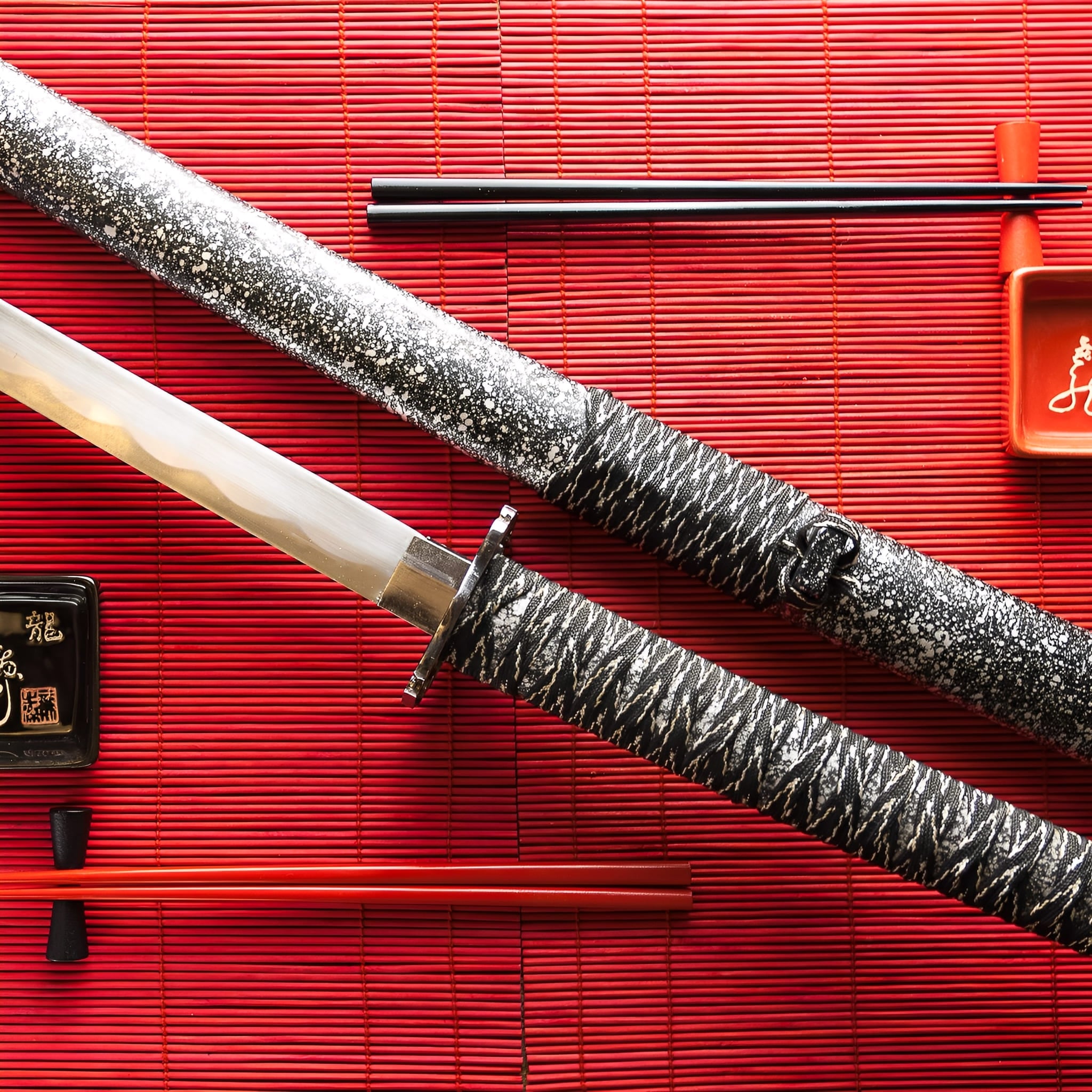
More Than a Sword, A Lifelong Legacy
Owning a handmade katana is an experience that goes beyond the blade itself. It’s holding history, tradition, and craftsmanship in your hands.
Whether displayed as a work of art or wielded with precision, your katana will stand as a symbol of timeless skill and dedication for generations to come.
-
Key Destinations
United States: 5–7 days
Canada: 5–7 days
Australia: 6–9 days
Denmark: 4–6 days
Netherlands: 3–5 days
Sweden: 4–6 days
Switzerland: 3–5 days
Finland: 5–7 days
Singapore: 6–8 days -
Central European Partners
France: 2–3 days
Germany: 3–5 days
Spain: 4–6 days
Italy: 4–6 days
Belgium: 3–5 days
Austria: 4–6 days
Ireland: 4–6 days
Poland: 4–6 days
Portugal: 4–6 days -
Extended EU Network
Czechia: 4–6 days
Hungary: 4–6 days
Slovakia: 4–6 days
Slovenia: 5–7 days
Romania: 5–7 days
Bulgaria: 5–7 days
Croatia: 5–7 days
Serbia: 5–7 days
Estonia: 5–7 days
Latvia: 5–7 days
Lithuania: 5–7 days
Luxembourg: 3–5 days
Greece: 5–8 days -
FAQ’s
Visit our FAQs page to find answers to common questions.